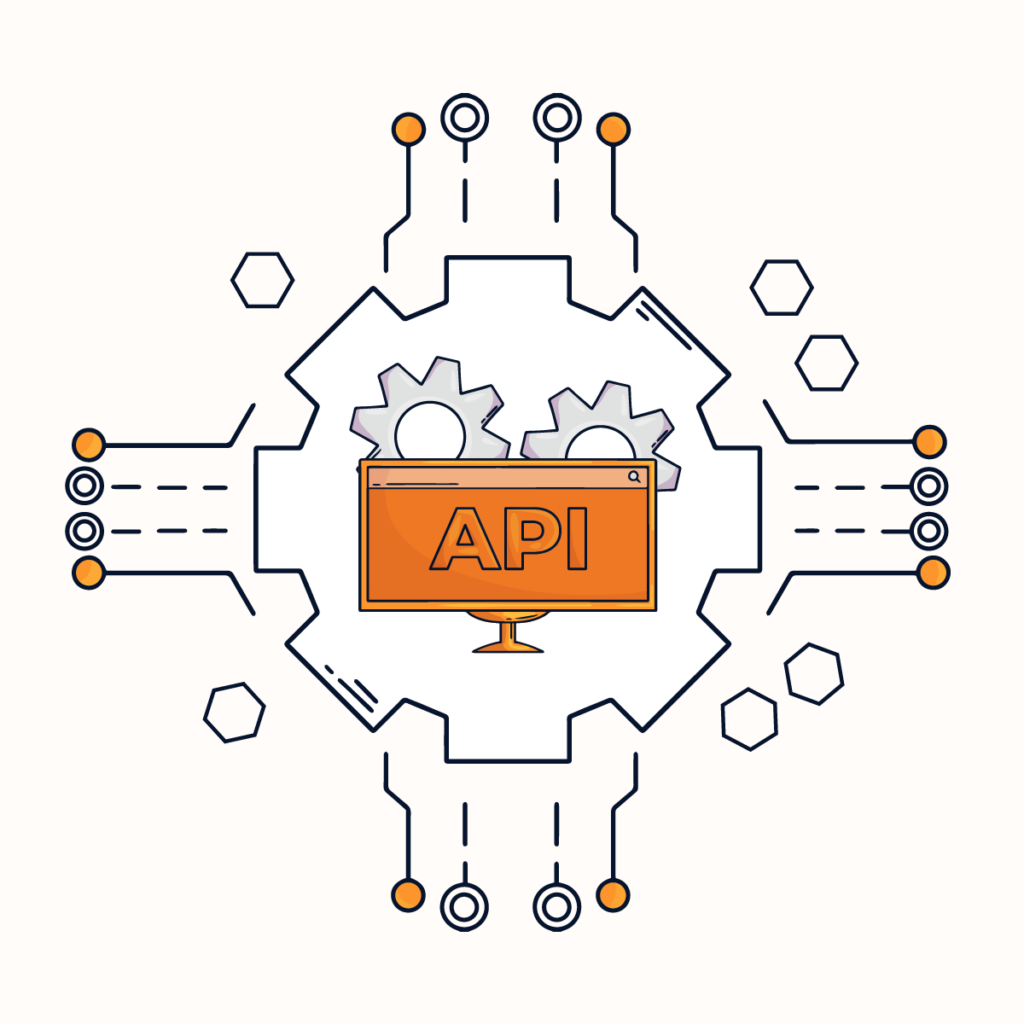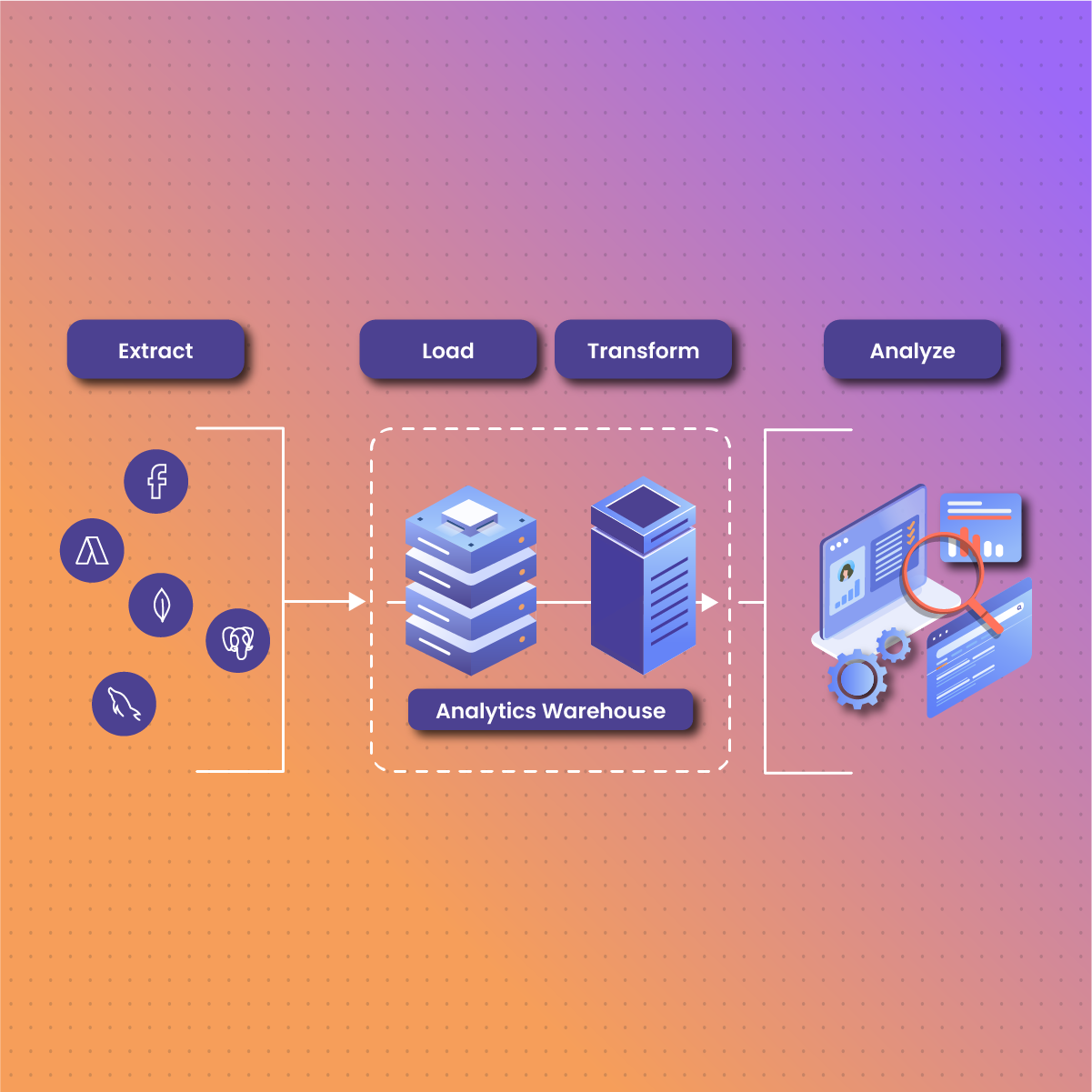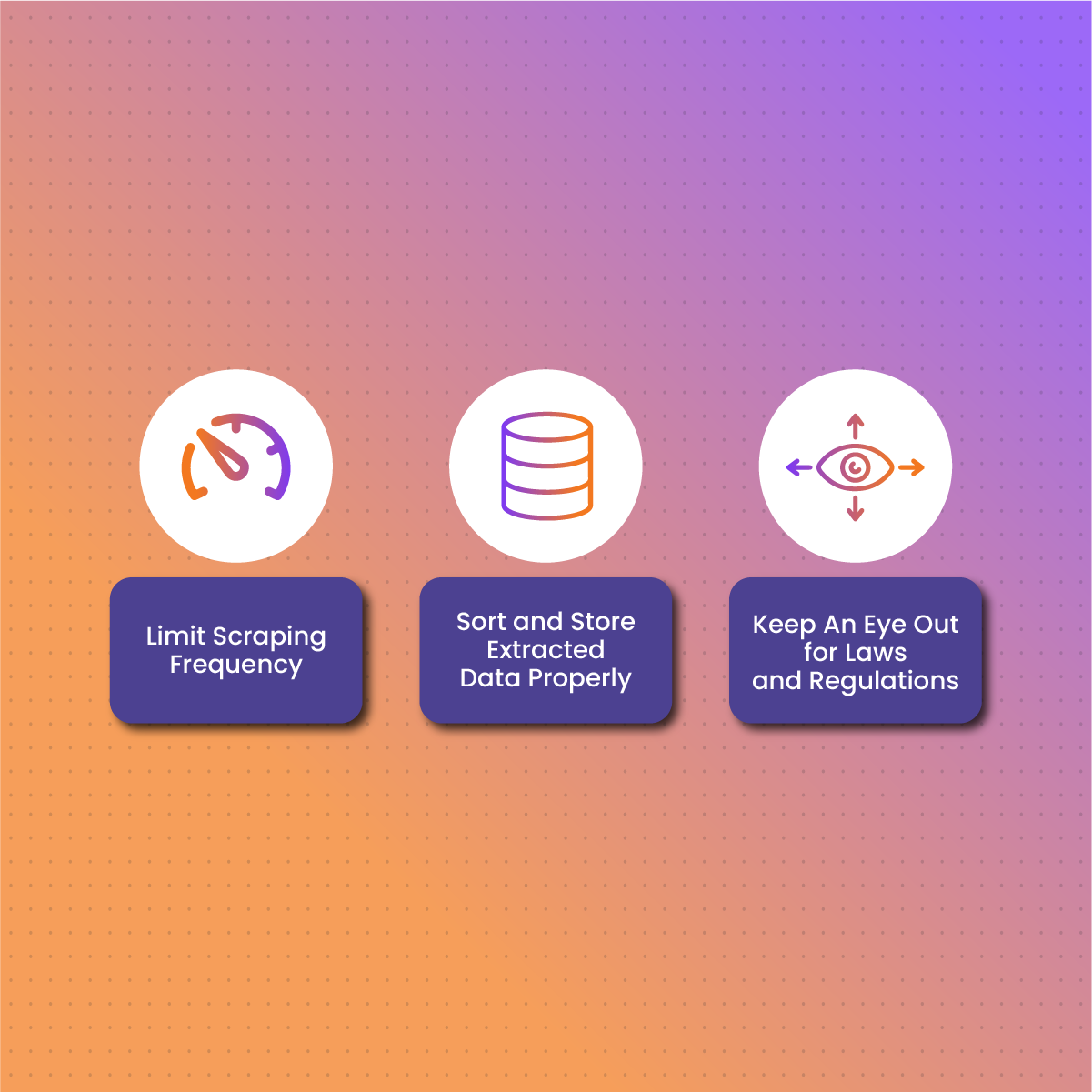In today’s digital age, data is a valuable resource that is the bedrock for streamlining operations, innovations, and high-priced decision-making procedures. Data must be refined before it can be used. However, there would be nothing to refine if we don’t first fetch data from different sources and for various purposes. This is why we must have the proper knowledge to source data efficiently.
Although data scraping can be done in several ways, humans and companies have always sought easier, legal, faster, and more efficient ways. This article will cover one of these methods in detail.
Before we do that, let’s explain a few basic terms.
Data Extraction Overview
Data extraction explains retrieving data from several sources for analytic use. It falls under ETL(extract, transform,and load) and is primarily concerned with pulling out data for conversion and eventual loading into a database. Data sourced can be in any form: databases, flat files, web pages, emails, etc.
Due to the data-driven state of our world today, data extraction has become one of the most sought-after skills in top organizations. Data scraping APIs are vital components in gathering vast amounts of data quickly for structuring and organizing. This structured and collected data can be used in related fields and for different purposes, from business analytics and intelligence to machine learning and military operations.
While data extraction can occur anywhere, online resources have become increasingly popular. These online resources include social media websites, e-commerce pages, web pages, listings, applications, software, etc.
API Overview
An API (Application Programming Interface) is an interface deployed on top of some application or software to perform a specific task. Usually, technical terms discourage people from creating personalized data scraping and extraction scripts. However, with an API, you can achieve it on your system using an easy-to-understand and straightforward interface that removes the complex code and operation of the process.
Why Do We Need To Extract Data?
To stay competitive, organizations must leverage the power of data. Here’s why extracting data is so important.
Intelligent Decision Making
Accurate data helps businesses make educated decisions, predict market trends, and discover prospective areas for development or concern.
Operational productivity
Businesses may use promising data extraction technologies to automate manual procedures, save time, and minimize the likelihood of mistakes.
Customer insights
Understanding client behavior and preferences is critical to marketing tactics. Data extraction can extract key data elements to assist in creating consumer profiles.
What Is A Data Extraction API
Using a data scraping API is one of the most effective ways to retrieve and send massive volumes of data. An API allows for the fast and seamless extraction of data from many data sources and consolidates the data gathered in a centralized structure.
One of the primary benefits of APIs is that they can be integrated with literally any sort of data system, and the retrieved data may be utilized for several purposes, including analysis, insight generation, and report development.
Types Of Data Extraction API
There are various kinds of data scraping APIs, including web scraping and data crawling APIs.
Data Crawling APIs
Data crawling APIs enable organizations to harvest and scrape data from big websites and networks. However, web scraping programs provide APIs, which scrape data from webpages and offer direct access to data. With these technologies, businesses can extract and filter essential data from web pages and online directories. They may then utilize these to do market research, generate leads, and analyze competitors.
Web Scraping API
Businesses can obtain data from any source using a web scraping API service, eliminating the need to copy and paste information manually. The APIs function by sending requests via HTTP to a website’s server, parsing the code in HTML, and extracting the necessary data.
Choosing The Right Data Extraction API
Confusion grows as the number of alternatives increases. Several data scraping APIs exist on the web right now.
Choosing the correct API for the company or usage is crucial. As a result, we’ve compiled a list of valuable factors.
How Much Does it Cost?
Data scraping API costs between 10 to $1000 per month. Find the one that best meets your budgetary needs.
Does it Have Good Reviews?
You must ensure the web scraper you adopt has a strong reputation and consistent support for customers.
Is it User-Friendly?
Consider the technological complexities of the data scraping API. Some web scraping tools require significant expertise in programming, but others provide simpler interfaces for quicker integration.
Does it Have Any Ethical or Legal Concerns?
Some APIs have legal issues in some regions. To choose the right API, you must evaluate its legal and ethical implications to verify its compliance with relevant laws.
How to Setup API for Data Extraction
Step 1: Start by Signing Up
Once the prerequisites are met and the API provider has been narrowed down, go to their website and complete the registration process.
Once you’ve registered, go ahead and get the API key you need to continue. Once you get the information, thoroughly read the API documentation.
Step 2: Go Through the API Documentation
Technical details on how to use the API are included in the documentation made available by the provider. This handbook contains instructions and practical processes for implementing the API; understanding it is essential for subsequent procedures.
Step 3: Set Up the Platform
Make sure you check the language used to complete the task at the back end. Technical expertise in REST APIs and JSON is needed to integrate APIs into current software systems. In addition to verifying this, make sure the SDKs are set up and that the required library requirements are met for any additional data extraction procedures.
Step 4: Send an API Request
An API request consists of the desired HTTP method and the API endpoint’s URL. The API provides an organized method for accessing data from the endpoints.
Step 5: Extraction and Integration
The goal of the API is to return the extracted data from the endpoint to the original requester. Steer clear of extracting massive volumes of data quickly; this is considered abusive behavior and may lead to future limitations.
Upgrade the app’s code within the system once you have decided on your data extraction strategy. This can be done automatically and will be followed for the next extraction.
Data Extraction API Best Practices
Data extraction API is an excellent method if you use it well. The following are some data extraction API best practices to help you make the most out of your scraping experience.
Limit Scraping Frequency
Avoid scraping an incredible amount of data over a short period. This can be flagged as an abusive use under some laws. Also, scraping at high frequencies can lead to overloading of the website’s server.
Sort and Store Extracted Data Properly
Some data extracted may be sensitive. You must ensure that such important data is not handled carelessly to avoid legal issues. Properly sort your data and save it securely to avoid data theft or unlawful use if it falls into the wrong hands.
Keep An Eye Out for Laws and Regulations
The web landscape is always changing so are the laws. Keep your eyes peeled on trending topics and news to be informed when new regulations are passed that can impact your data extraction activities. You can remain up-to-date by frequently checking logging requests, response times, and initiating rate limits.
FAQs About Data Extraction API
How Can I Retrieve Data from a Database with an API?
Connecting the database and API is the first step in the integration process. Subsequently, the web software or client sends calls or requests to the API server. These requests define the intended procedures or actions, such as getting data, updating documents, or carrying out specific functions.
How do you connect an application to an API?
- Find the app’s API documentation that you are attempting to connect to.
- Locate the API key, if any exists.
- Follow the instructions provided in the manual, such as installing dependencies.
- Run the call using a command line, then return the API result.
What Are The Types of API I Can Use For Data Extraction?
Depending on your provider, most APIs are data APIs, Web APIs, REST APIs, etc. Each type has its specifications and protocol for transmitting and authenticating data.
Final Words: How Can NetNut Help You With Data Extraction?
After you have collected a large amount of data, you will need to convert it into a readily usable format else it remains meaningless to you and your business. With the influx of new data springing up daily, you may become overwhelmed with the amount of data you have to deal with, not to mention legal or restrictive regions to scrape.
NetNut provides a comprehensive set of data extraction tools and robust security to help you with these challenges. Our integrated system is ada[table leaving you with no guesses at the end of the day. You also don’t need to worry about any kind of geo-restrictions as we have in our arsenal various kinds of proxy services like ISP, static residential, residential, rotating, mobile, etc. Start using our services today to enjoy a quick and safe data extraction experience.









